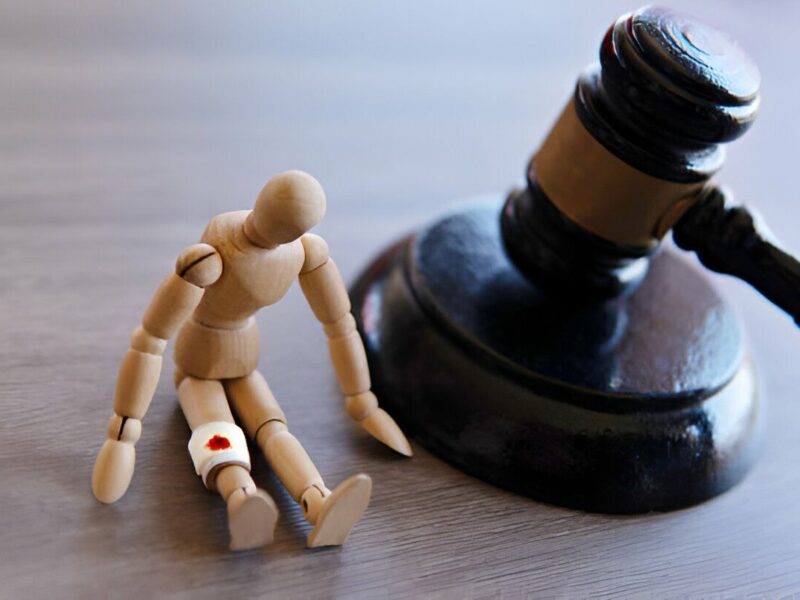If you are injured in an accident, one of the most important steps that you should take is to keep a thorough account of your injuries. Accurately documenting the injuries you sustained can help to strengthen your personal injury claim and ensure that you receive fair compensation. Whether you have been injured in a car accident or slipped and fell, maintaining detailed records make or break your claim and the outcome of it.
Contents
Proving the Extent of Injuries
One reason why documenting your injuries after an accident is so important is that doing so can help to prove the extent of the injuries you sustained. The severity of your injuries directly impacts the compensation that you may be able to recover.
Insurance companies, attorneys, and courts are heavily reliant on accurate documentation to assess how significantly your life has been altered by the accident. Therefore, the more detailed records you have, the greater the effect they will have on your claim.
Establishing Causation
Another reason why accurate documentation becomes pivotal in a personal injury claim is that it can help to establish causation. According to the Van Nuys injury attorneys at Martinian Lawyers, causation is a key element of negligence that must be proven in order to have a viable personal injury claim. To recover compensation for your injuries in any personal injury claim, you must prove that the accident directly caused your injuries.
Without proper documentation, the opposing party may argue that your injuries were pre-existing or unrelated to the accident. However, if you have documentation that consistently and chronologically aligns with the accident, a clear link can be made between the accident and injuries.
Calculating Medical Costs
Not only can injury documentation help to prove the extent and cause of your injuries, but it can also be used to calculate medical costs. Having accurate accounts of any medical expenses such as hospital bills, prescription and rehabilitation costs, out-of-pocket expenses, and ongoing treatment helps to ensure that your medical costs are fully accounted for in the amount of compensation you receive.
Ways To Document Your Injuries
In keeping detailed records of the injuries you sustained, there are a few different ways in which you can document your injuries to bolster your personal injury claim.
- Photographs: Photographic evidence is vital to personal injury claims as it provides a visual account of how serious your injuries are. These might include images of cuts, bruises, scars, or swelling. Throughout your recovery process, you will want to continue taking photographs of your injuries to show how your injuries have changed over time.
- Medical Records: Medical records are also a great form of injury documentation and may include records such as doctor’s notes, treatments, test results, X-rays, MRIs, and prescriptions. It is important that you follow through with all of the recommended medical treatments and continue attending appointments to ensure that there are no gaps in care, which the defense may use to downplay your injuries and their seriousness.
- Pain Journals: A final way to document your injuries for your personal injury claim is to keep a pain journal. In this journal, you can keep organized and date-stamped details about your pain levels, emotional state, and the influence your injuries are having on your daily life. Consistent entries can help to demonstrate the severity of your injuries and can offer insight into the non-economic damages you might be entitled to, such as pain and suffering.



